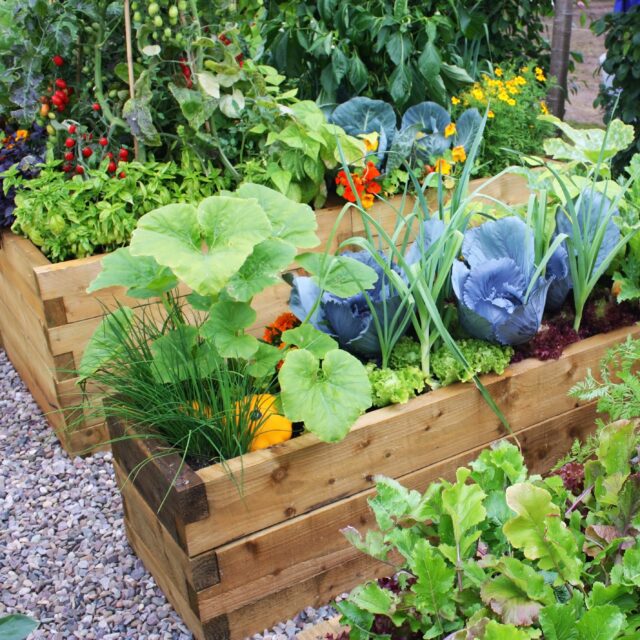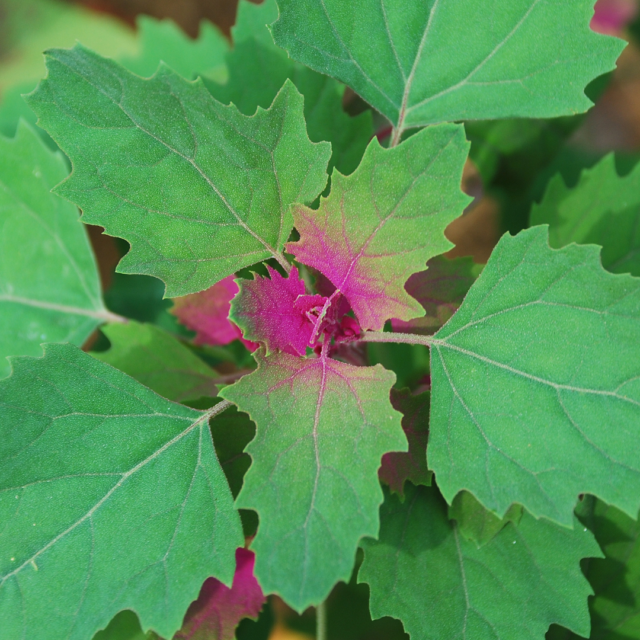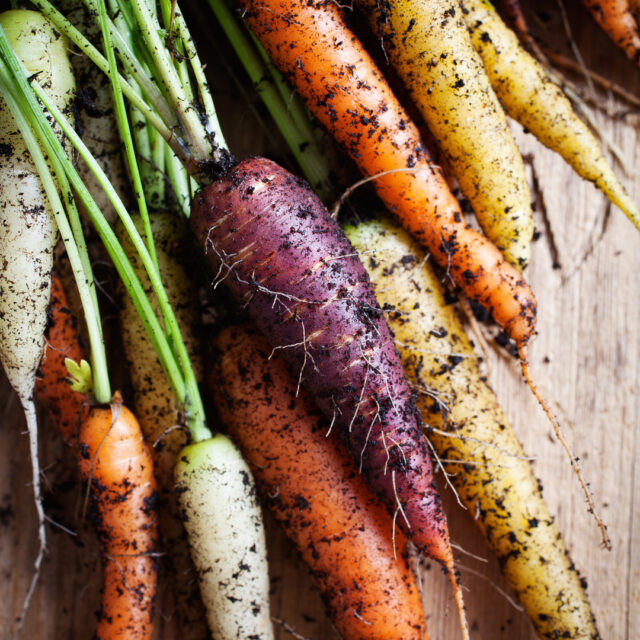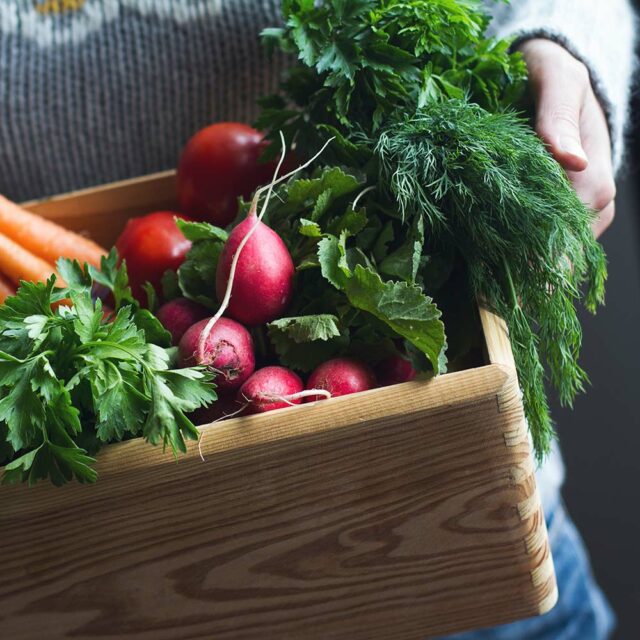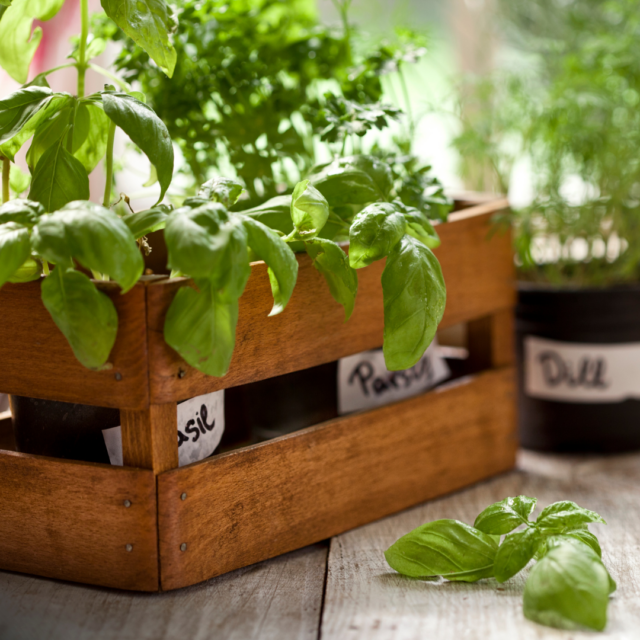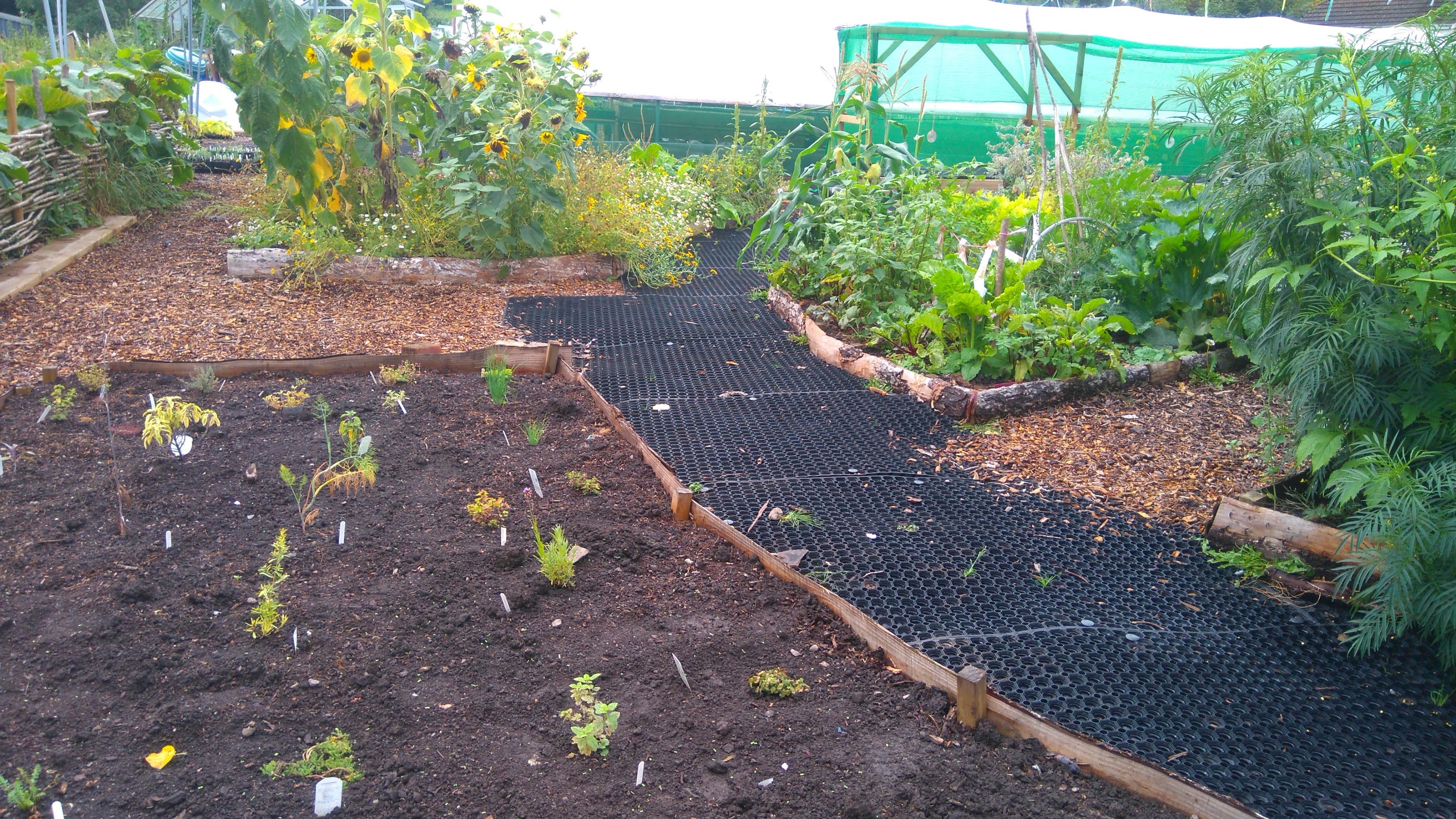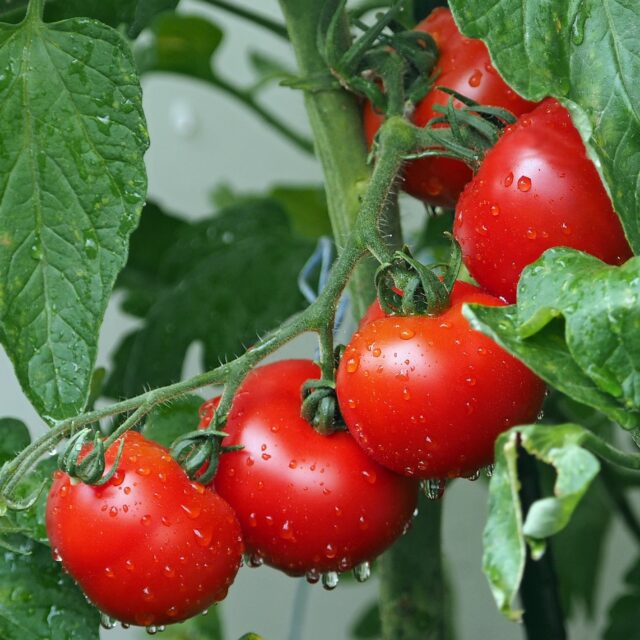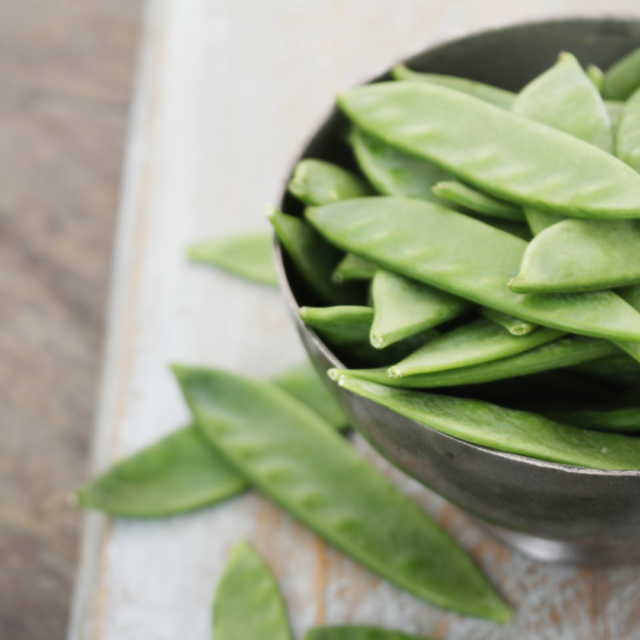You’ve got the perfect space in your garden ready for your vegetable plugs. But how do you know if the soil has the right nutrients? Furthermore, how can you tell if your plants will thrive or barely survive? We’ve got the lowdown on the big three nutrients in soil, and how to tell if your plants are getting enough.
NPK
N-P-K stands for Nitrogen, Phosphorous and Potassium. Each of these nutrients has an important role in ensuring healthy plants.
- Nitrogen ensures lots of growth and vibrant green colours.
- Phosphorous is used by plants to help form roots, make seeds and produce fruit and flowers. It’s also used by plants to help fight diseases.
- Potassium helps plants to produce strong stems and keep growing fast. It’s also used to help fight diseases.
Consequently, most gardeners refer to these amazing nutrients as The Big 3!
You can buy NPK fertilisers, but why not make your own fertilisers and mulches? From compost teas to DIY mulch, it is often a great way of recycling garden waste. Not only that, you are replenshing your soil and growing delicious healthy plants!
How Do I Know What Nutrients My Soil Needs?
There are plenty of PH tests available out there, however if you pay attention to your soil and plant growth, there are several good indicators of nutrient deficiency that won’t cost a penny!
Nitrogen deficiency
Nitrogen is a key nutrient responsible for cell division and enlargement, and is a key component of chlorophyll in plants. Shortage of this nutrient slows down their growth and development. Deficiency is characterised by:
- Pale green to yellowish leaves. Nitrogen deficiency results in an absence of the vibrant green colour that we expect in our plantlings.
- Stunted plant growth. A visible sign in a nitrogen deficient soil is the stunted growth of your plants.
Phosphorous deficiency
Phosphorous is very important and helps plants to convert other nutrients into useable ingredients for growth. Deficiency is characterised by:
- Slow growth and stunted development.
- Dull yellowing foliage. Leathery and slightly curled leaves that may shed prematurely. Stems and lower sides of leaves may show a purple pigmentation.
Potassium deficiency
Potassium is essential in so many plant processes, it’s hard to list them all. Activating essential enzymes, CO2 uptake regulation, and synthesising protein and starch are just a few. Deficiency is characterised by:
- Scorching and yellowing of leaves, called chlorosis, is one of the first symptoms of deficiency.
- Slow or stunted growth.
- Defoliation also known as loss of leaves.
Recipes For Success
If your plants are showing the tell-tales signs of nutrient deficiency, it might be time to make your own fertilisers and mulches! We’ve got plenty of recipies here and here.
